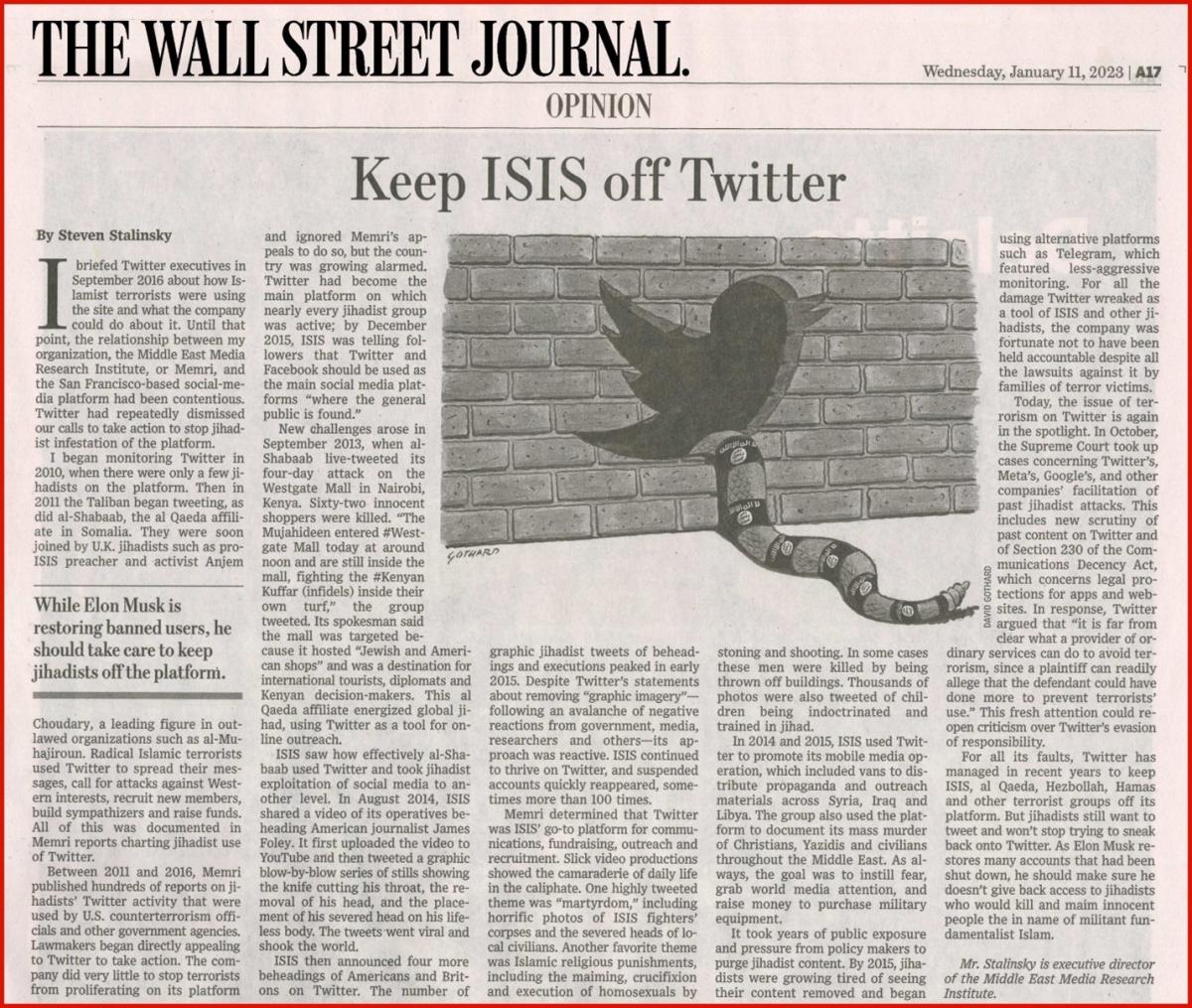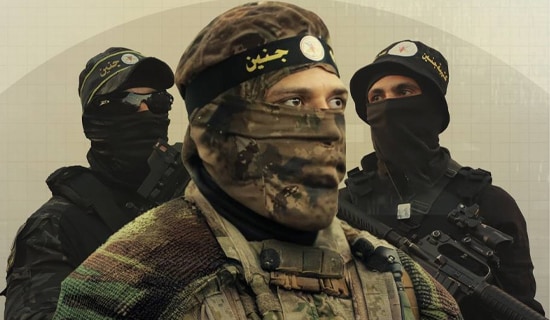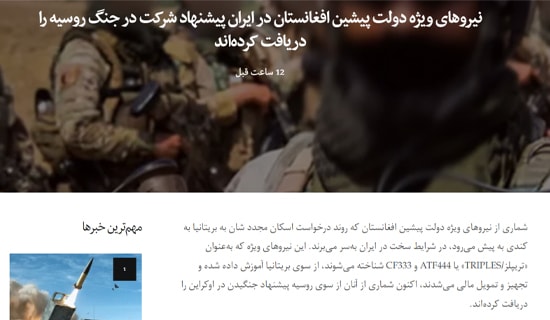On February 1, 2023, the Wall Street Journal published an op-ed titled "Keep ISIS Off Twitter" by MEMRI Executive Director Steven Stalinsky. The following is an extended version of the op-ed. The version that appeared in the Wall Street Journal can be read here.

In September of 2016, I briefed executives at Twitter's San Francisco headquarters on research about jihadi terrorists' use of their platform and on ideas on what they could be doing about it. The meeting was in sharp contrast to those I’d had with other companies – certainly not like briefings with Facebook and Google/YouTube.
I was ushered into a conference room of analysts and policymakers, including a live-conference feed with an overseas team. My escort asked me not to disclose my identity and purpose anywhere but in that room. I was there to brief them on terrorist use of the platform and ideas on how to counteract it. It was based on research by my organization, the Middle East Media Research Institute (MEMRI). We had been quietly providing our findings to the company's team that addressed terrorist content.
MEMRI had maintained a contentious relationship with Twitter for years. Before any other organization, we had called on Twitter to take action to stop jihadi infestation of the platform – and we were dismissed.
From its beginnings in 2006 until 2011, Twitter had hosted little to no terrorist activity. Then in 2011, the Taliban began tweeting, as did Al-Shabaab, the Al-Qaeda affiliate in Somalia. They were followed by UK jihadis such as pro-ISIS preacher and activist Anjem Choudary, a leading figure in outlawed organizations such as Al-Muhajiroun.
When I first began monitoring Twitter, there were only a few jihadis on the platform, but they quickly multiplied exponentially. My extensive researched about activity their highlighted how they used Twitter to spread their messages, call for attacks against Western interests, recruit new members, build sympathizers, and raise funds which was all documented in reports about their online terrorist activity, including charting jihadi and terrorist use of Twitter.
Between 2011 and 2016, MEMRI published hundreds of reports on jihadis' Twitter activity that were used by U.S. counterterrorism officials and other government agencies. This led to 2011, when lawmakers began directly appealing to Twitter to take action. The company did very little to stop terrorists from proliferating on its platform and ignored MEMRI's appeals to do so – but the country was growing alarmed. Twitter had become the main platform on which nearly every jihadi group was active; by December 2015, ISIS was telling followers that it, and Facebook, should be used as the main social media platforms "where the general public is found." Had it not been for Twitter, there would have been no ISIS.
New challenges arose in September 2013, when Al-Shabaab live-tweeted its four-day terror attack on the Westgate Mall in Nairobi, Kenya, where 62 innocent shoppers were killed. The group tweeted, "The Mujahideen entered #Westgate Mall today at around noon and are still inside the mall, fighting the #Kenyan Kuffar (infidels) inside their own turf." Its spokesman said the mall was targeted because it hosted "Jewish and American shops" and was a destination for international tourists, diplomats, and Kenyan decision-makers. This Al-Qaeda affiliate energized global jihad, using Twitter as a tool for online jihadi outreach.
ISIS saw the impact of Al-Shabaab via Twitter and took it to another level. After tweeting with impunity from 2011 through much of 2014, ISIS's grasp of the effectiveness of social media culminated in its strategic decision to share the beheading of American journalist James Foley in August 2014. It first uploaded the video to YouTube and then tweeted a graphic blow-by-blow series of stills showing the knife cutting his throat, the removal of his head, and the placement of his severed head on his lifeless body. The tweets went viral and shook the world.
Following that, ISIS announced four more beheadings of Americans and Britons on Twitter. The number of graphic jihadi tweets of beheadings and executions peaked four months later. Despite Twitter's statements about removing "graphic imagery," it maintained its reactive approach. ISIS continued to thrive on Twitter, and suspended accounts quickly reappeared, sometimes more than 100 times.
After August 2014, MEMRI's extensive research found Twitter as ISIS’s go-to platform for communications, fundraising, outreach, and recruitment. Slick video productions showed the camaraderie of daily jihadi life in the caliphate. One highly tweeted theme was "martyrdom," including horrific photos of its fighters’ corpses and the severed heads of local civilians beheaded by the group. Another favorite theme was Islamic religious punishments, including amputations and executions of homosexuals by stoning, shooting, and throwing off buildings. Thousands of photos were also tweeted of children being indoctrinated and trained in jihad.
In 2014 and 2015, ISIS used Twitter to promote many "media points," including mobile media in vans, to distribute propaganda and outreach materials across Syria, Iraq, and Libya. The group also used the platform to document the mass murder of Christians, Yazidis, and civilians across the Middle East to instill fear, grab world media attention, and fundraise for military equipment.
It took years of public exposure, bad media coverage, and pressure from legislators and other agencies for Twitter to finally take steps to remove terrorist content. For all the damage it wreaked as a tool of ISIS and other jihadis, the company was fortunate not to have been held accountable for allowing terrorist groups led by ISIS to use it for so long and for such horrific content.
Today the issue of terrorism on Twitter is again in the spotlight. The Supreme Court will hear multiple cases concerning platforms' facilitation of ISIS attacks. This includes new scrutiny of past content on Twitter and of Section 230 of the Communications Decency Act, which concerns legal protections for apps and websites. In response, Twitter argued that "it is far from clear what a provider of ordinary services can do to avoid terrorism, since a plaintiff can readily allege that the defendant could have done more to prevent terrorists' use." This fresh attention could reopen criticism over Twitter’s evasion of responsibility.
In the eight years since Twitter began removing online terrorist groups, jihadis have not stopped trying to tweet again. For all its faults – Twitter had been consistent at successfully keeping groups such as ISIS, Al-Qaeda, Hezbollah, Hamas, and other terrorist groups off its platform. Now, with the change in Twitter's ownership, and Elon Musk's restoration of many accounts that had been shut, this may all change. Musk could be held responsible for Twitter's past violations – especially if jihadis are given access again.
*Steven Stalinsky is Executive Director of MEMRI (Middle East Media Research Institute), which actively works with Congress and tech companies to fight cyber jihad through its Jihad and Terrorism Threat Monitor.





